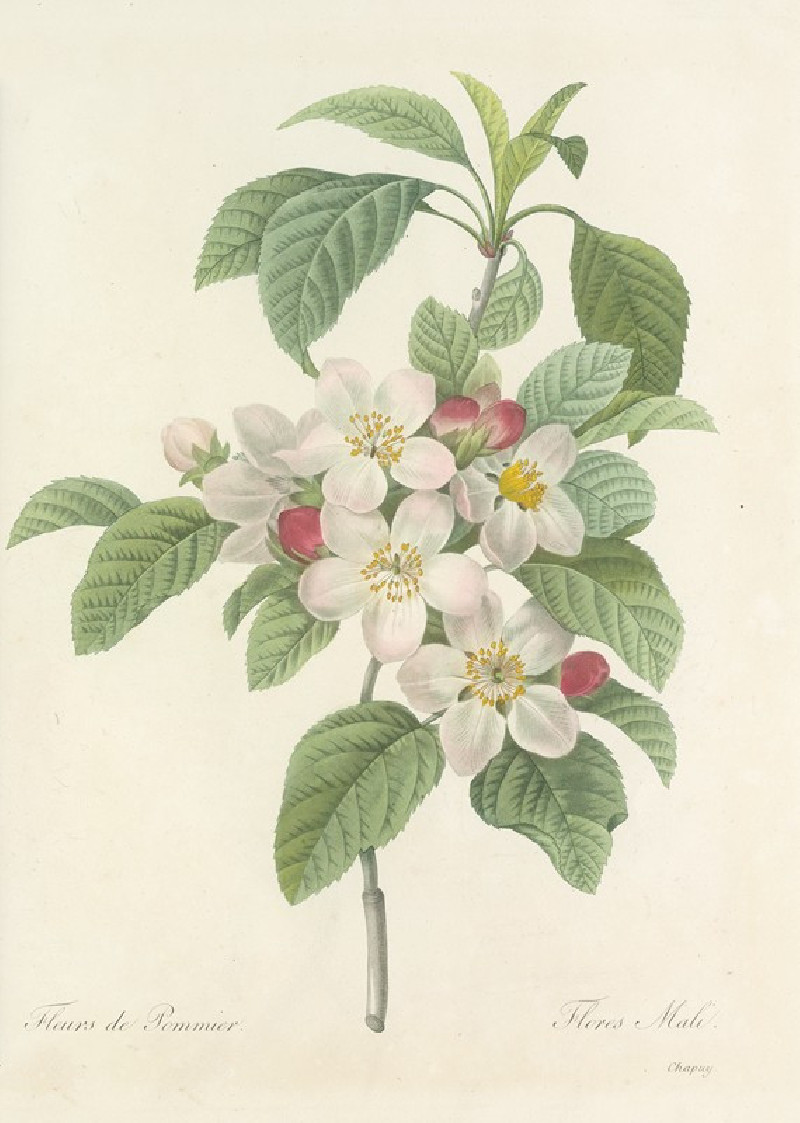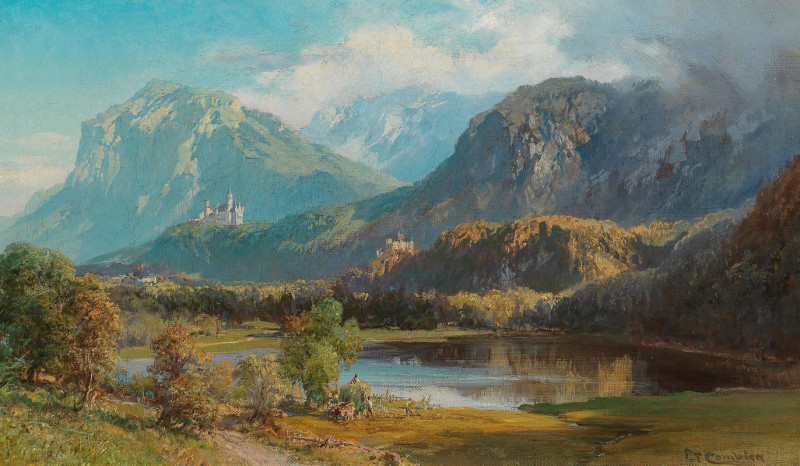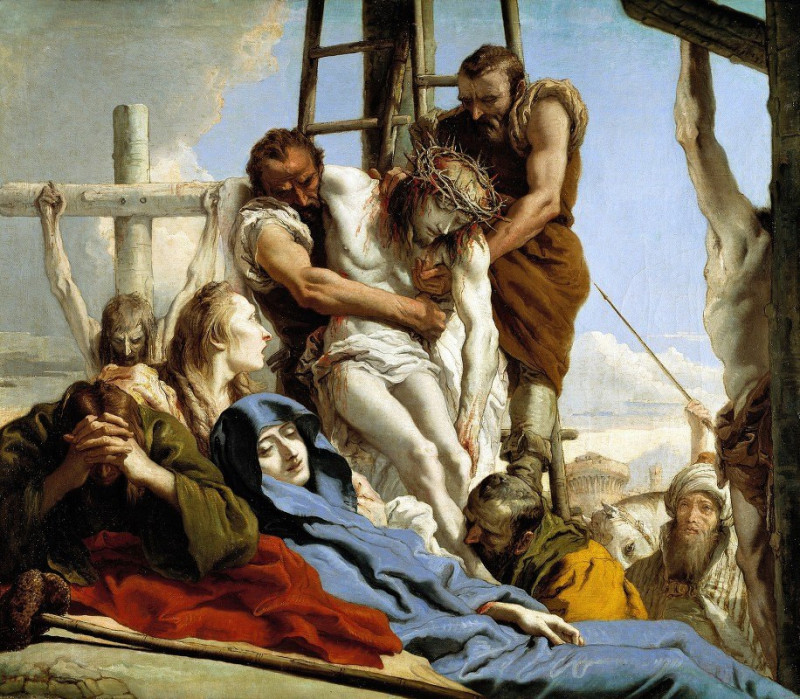Promontory Head Indigo Seas of Ossian Rose Orange (circa 1915)
Technique: Giclée quality print
Recommended by our customers
More about this artwork
Amadeo de Souza-Cardoso's "Promontory Head Indigo Seas of Ossian Rose Orange" (circa 1915) stands as a vibrant testament to the intersection of abstraction and figuration that characterized early 20th-century European modernism. This painting vibrates with a dynamic composition of colors and shapes, showcasing de Souza-Cardoso's unique ability to blend spontaneity with structural complexity.The canvas is divided into a symphony of geometric and organic forms; indigo blues and rich oranges create a stark contrast that may allude to the tumultuous seas and fiery landscapes. At the heart of the composition is an intriguing figure with facial elements such as eyes and a mouth, suggested rather than fully formed. This central motif appears to be navigating through or emerging from the abstract matrix surrounding it, which includes numerical elements like '15' and '6,' adding another layer of enigma."Promontory Head Indigo Seas of Ossian Rose Orange" captures the essence of existential exploration through its abstract depiction. This painting not only reflects de Souza-Cardoso's mastery in color and form but also invites viewers to interpret their connections, perhaps alluding to the philosophical inquiries prominent during the artist’s time.Amadeo de Souza-Cardoso was a forward-thinking artist who played a crucial role in the avant-garde movements of Paris and beyond, influencing his contemporaries and generations of artists to come. This work exemplifies his innovative approach to art, where every brushstroke and color choice opens new ways of seeing and understanding the complexity of the human condition and the world around us.
Delivery
Returns
Amadeo de Souza-Cardoso (14 November 1887 – 25 October 1918) was a Portuguese painter.
Belonging to the first generation of Portuguese modernist painters, Amadeo de Souza-Cardoso stands out among all of them for the exceptional quality of his work and for the dialogue he established with the historical avant-gardes of the early 20th century.



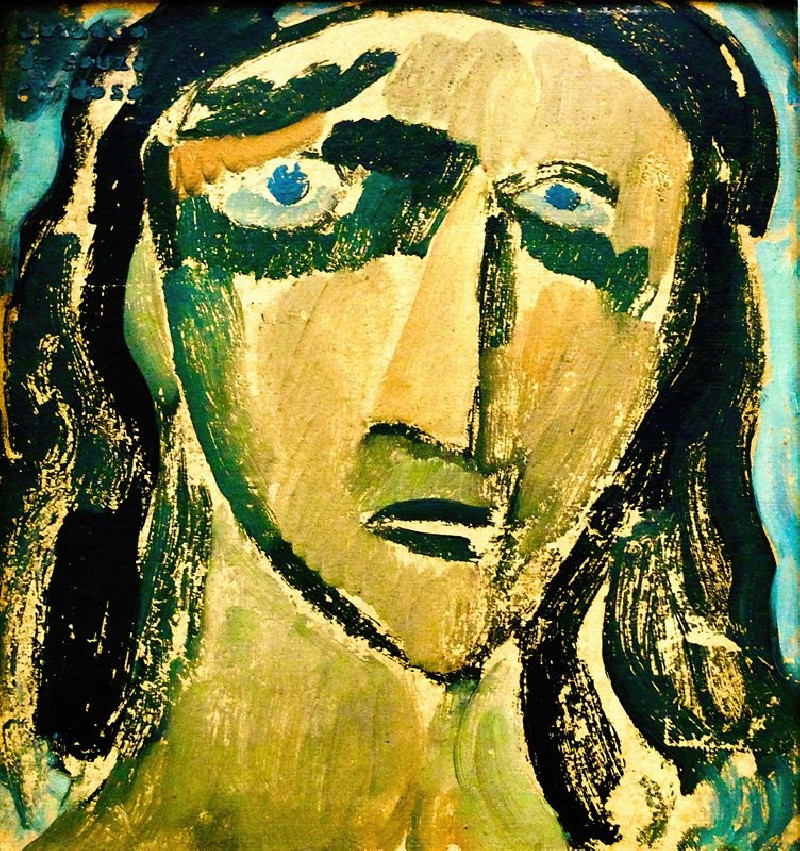
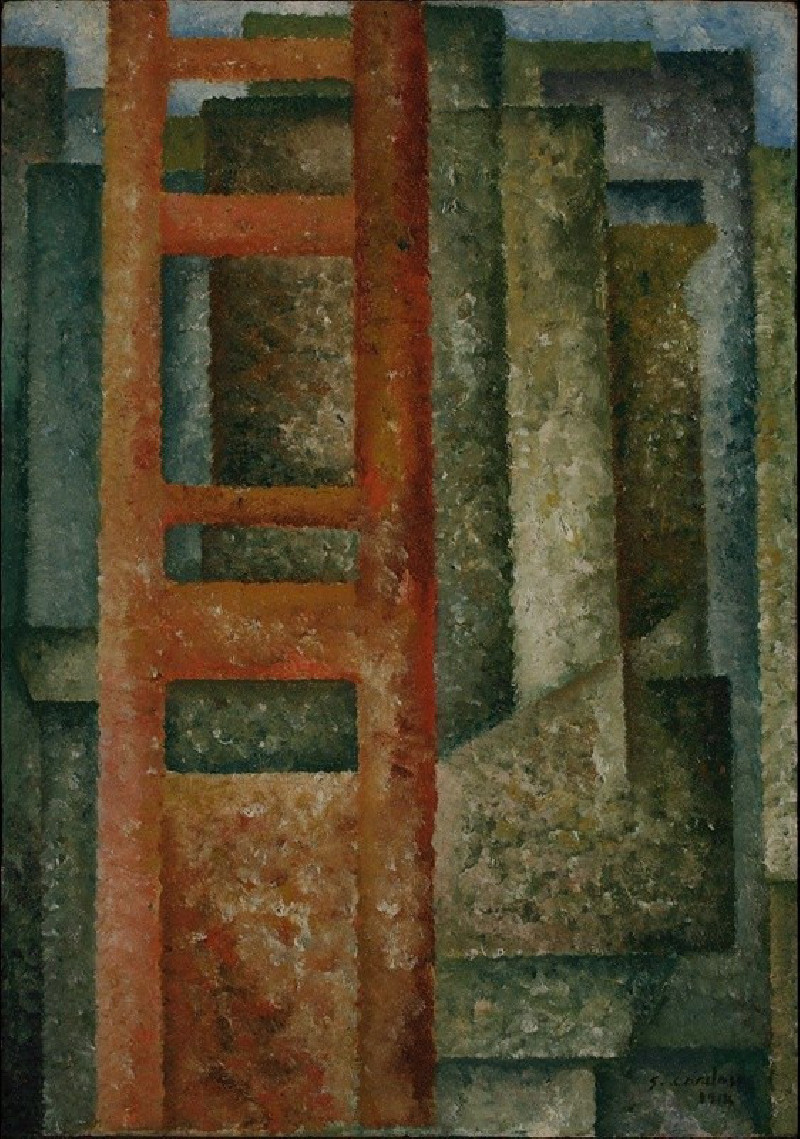
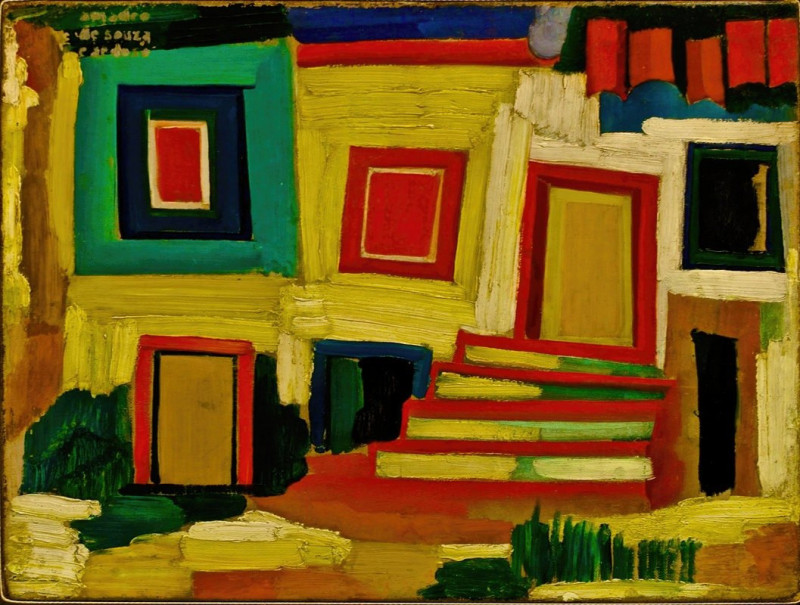
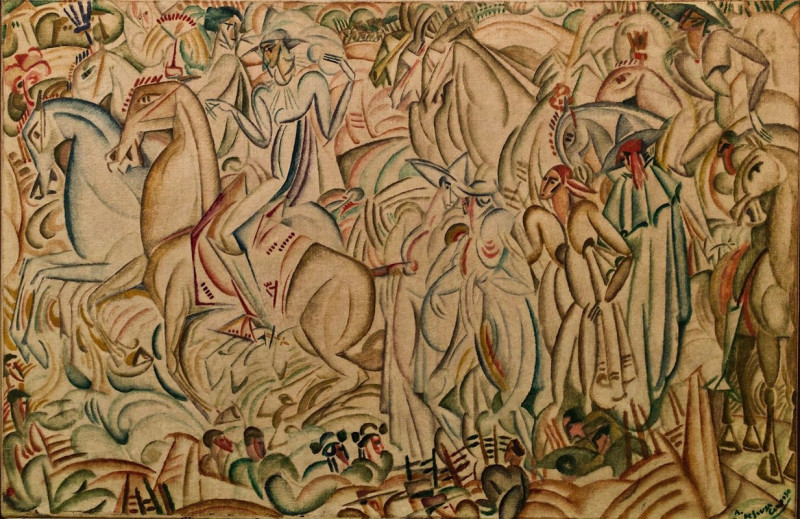
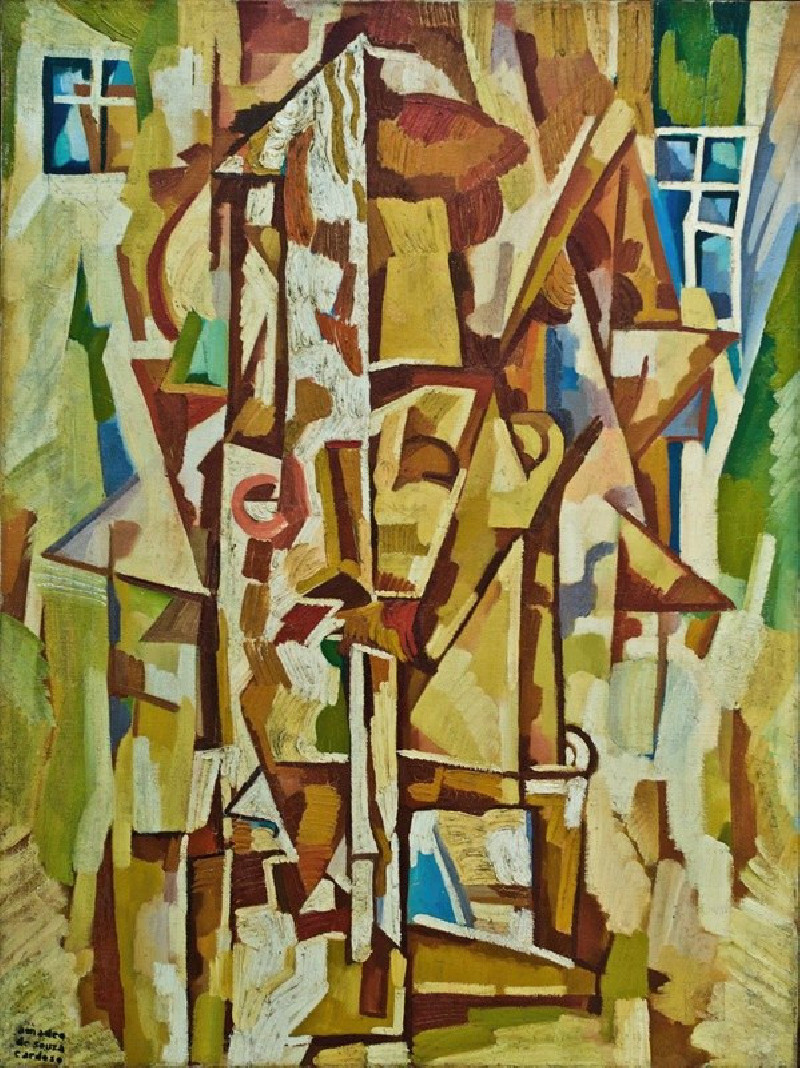

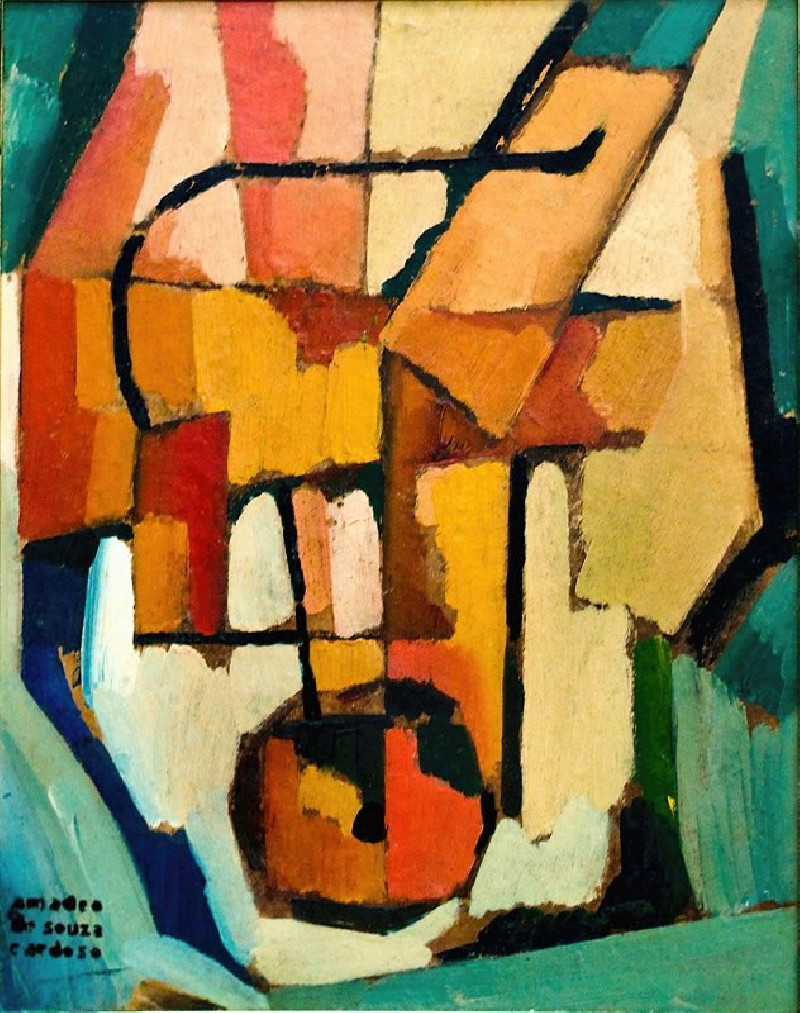
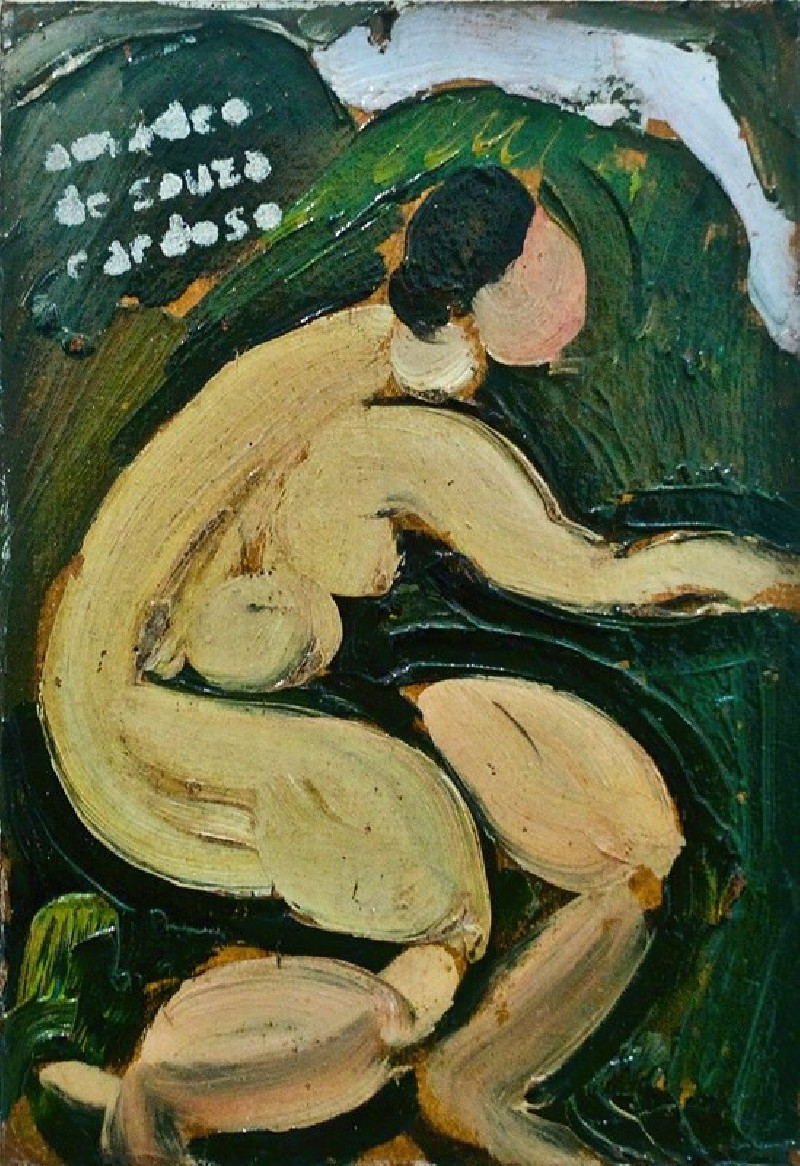
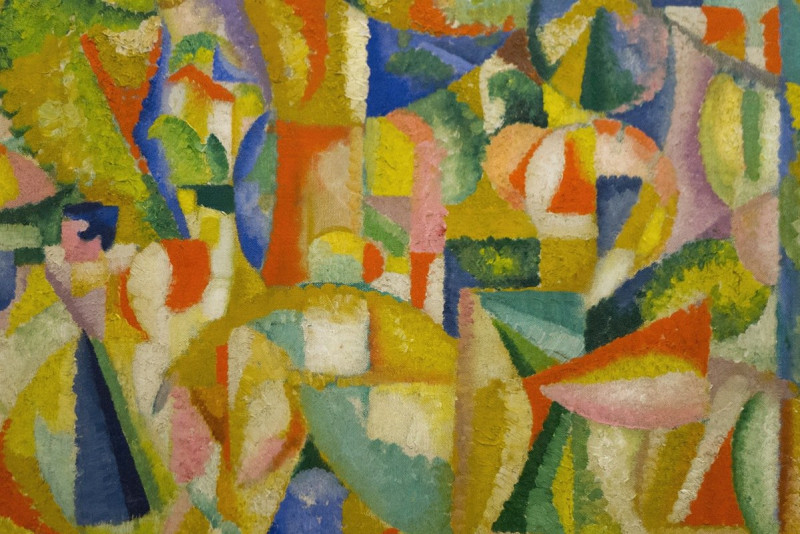



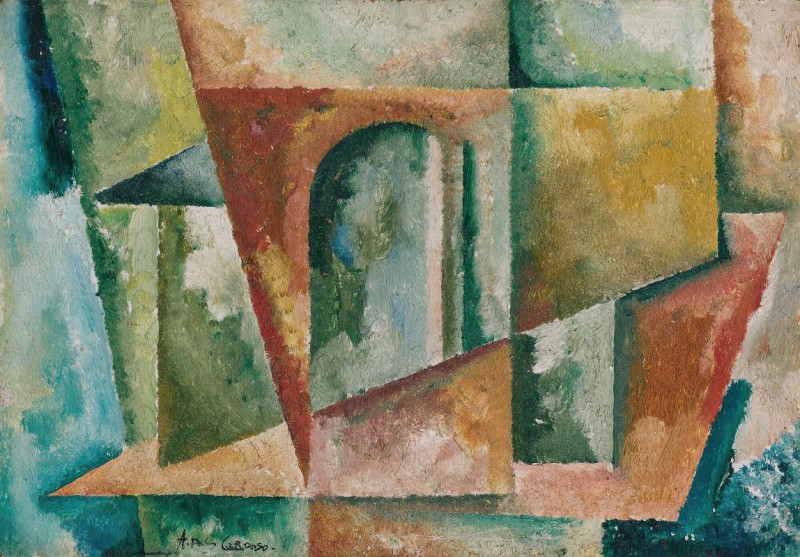
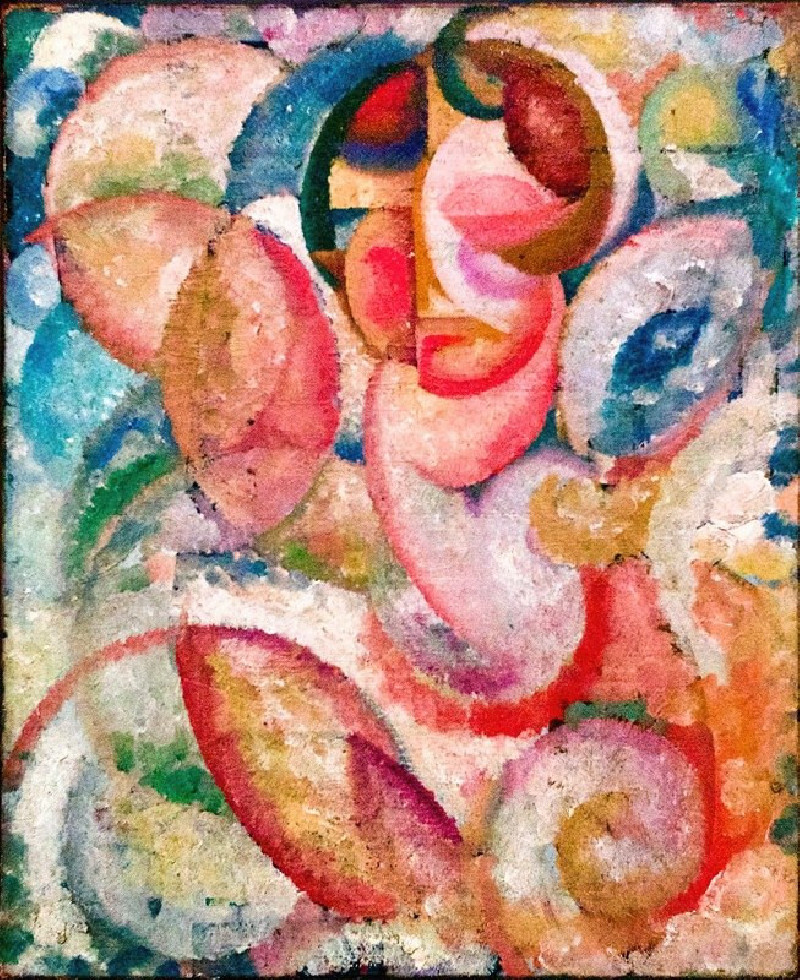

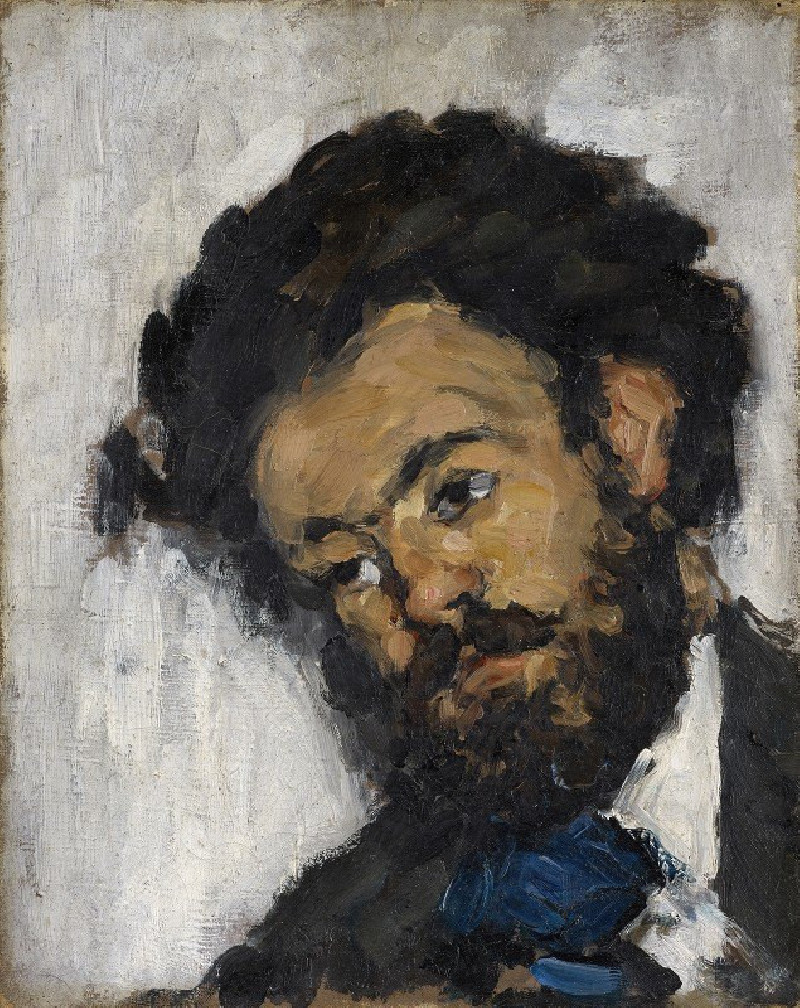
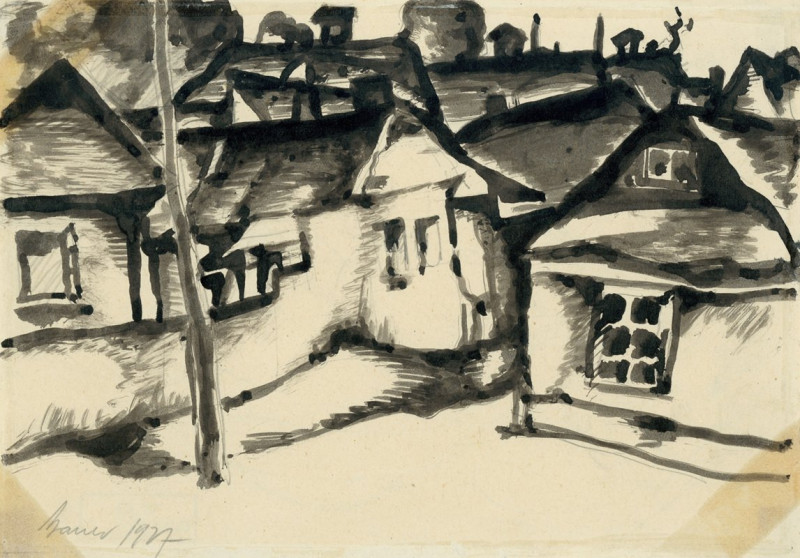
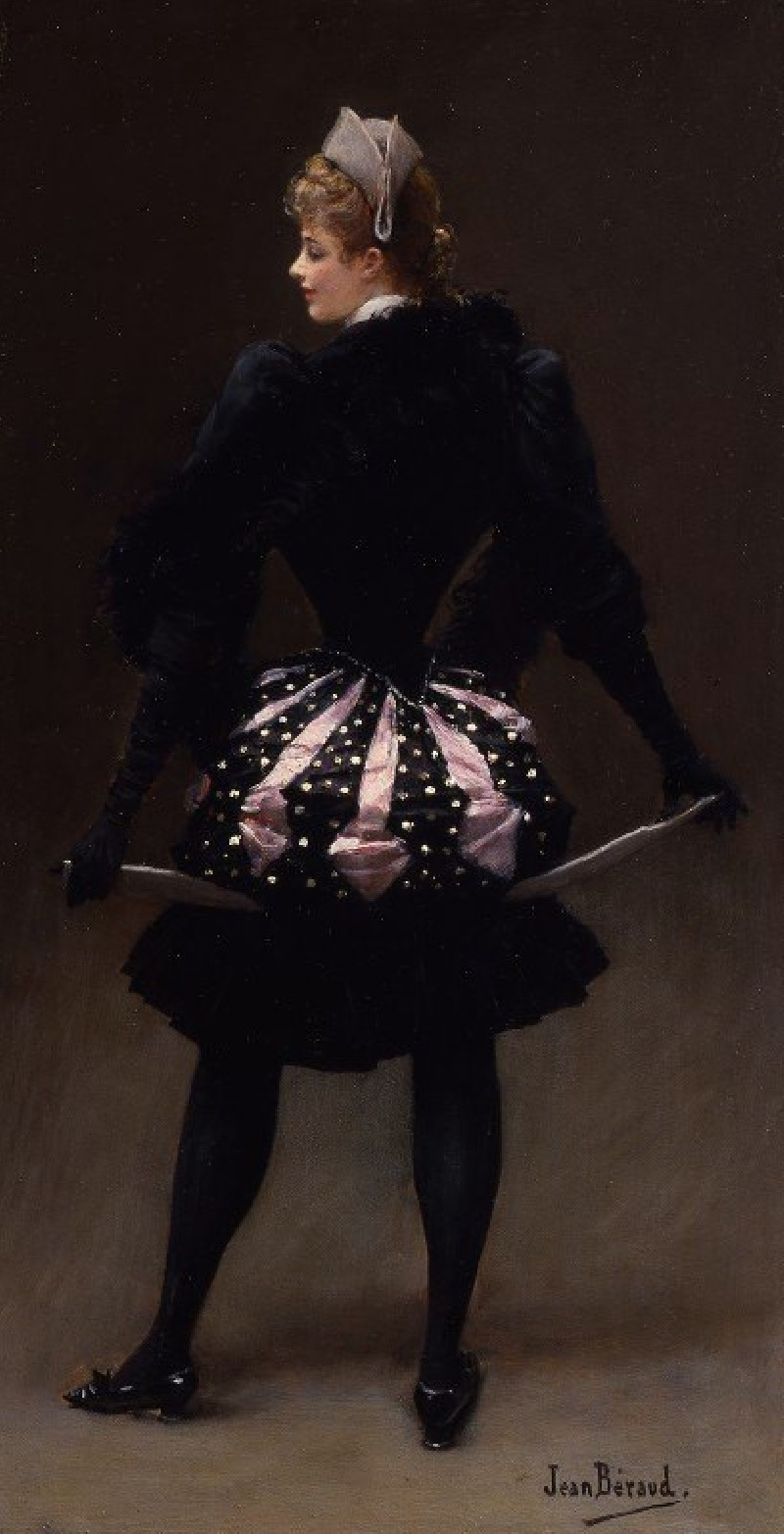
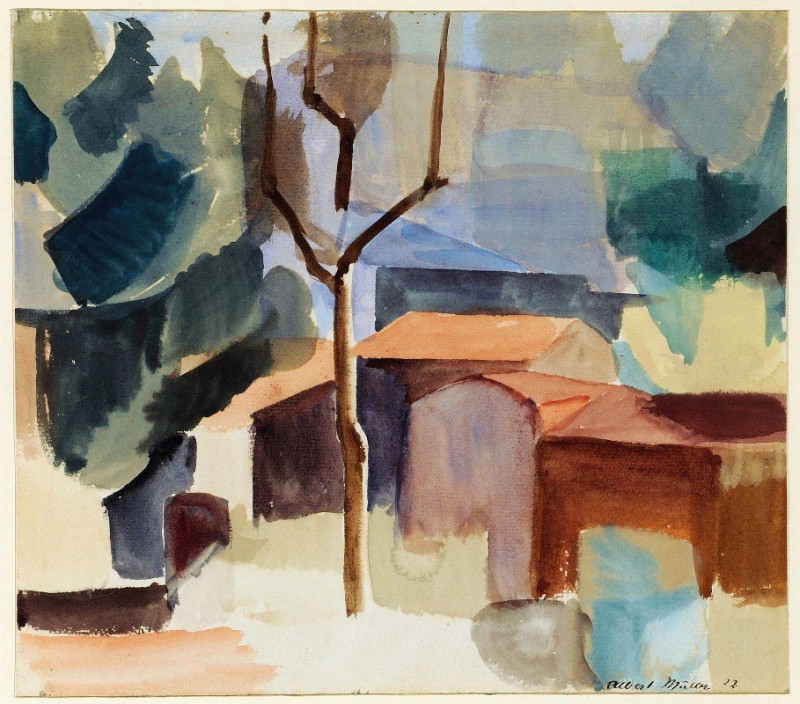
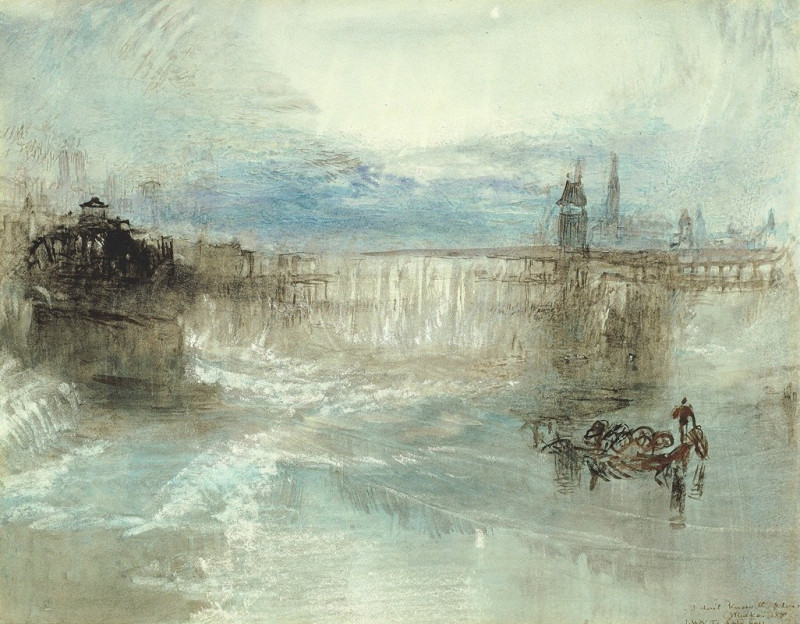

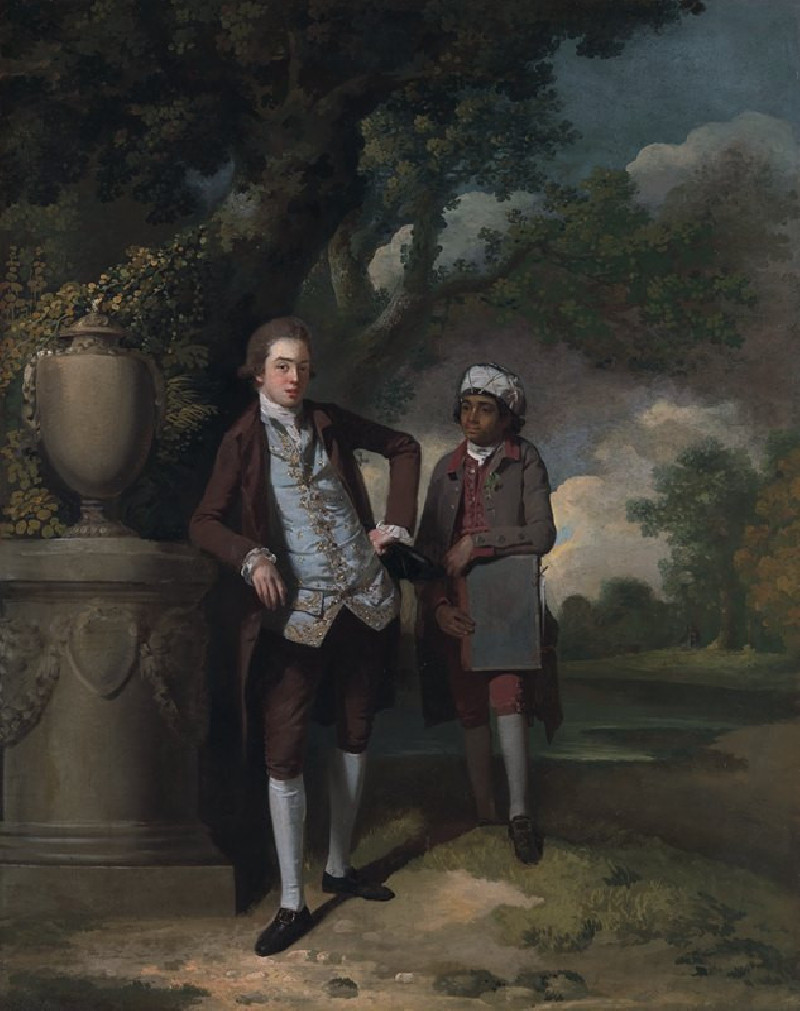
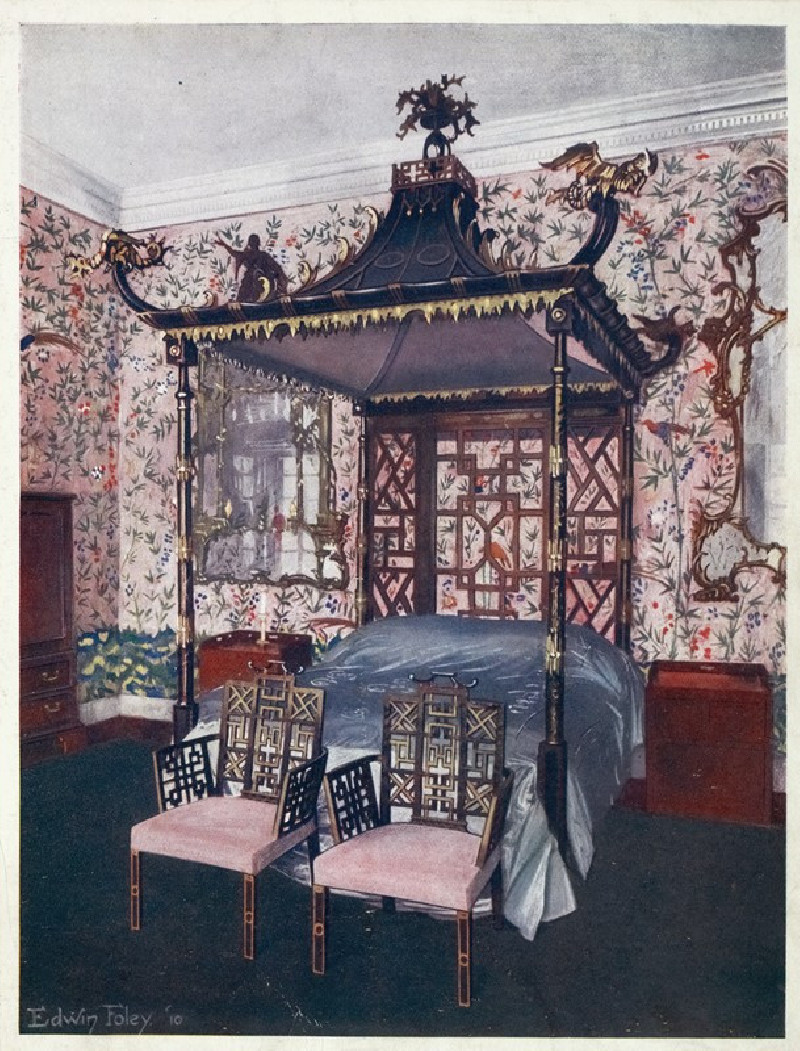
![Kapta [Chapcha] Castle (1783) reproduction of painting by Samuel Davis. ALL GICLEE PRINTS](https://reprodukcijos.lt/46490-large_default/reproduction-of-kapta-chapcha-castle-1783.jpg)

